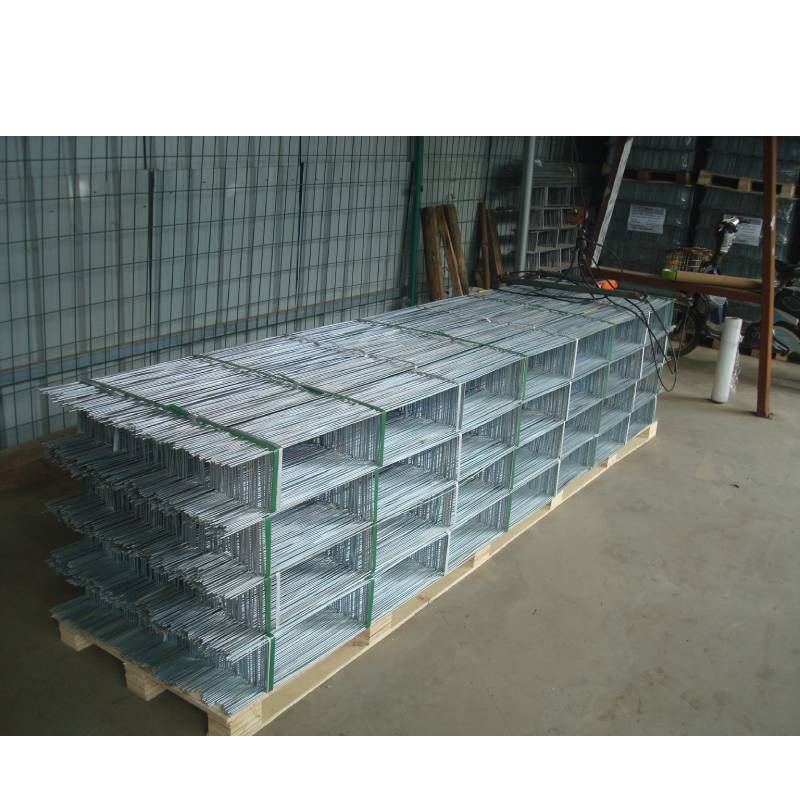
- Mobile Phone
- +8613931874955
- sales@cntcmetal.com
Compact Compression Coil Springs for Efficient Load Handling and Space Saving Solutions
Understanding Small Compression Coil Springs A Comprehensive Overview
Small compression coil springs are crucial components in a variety of mechanical systems, playing a significant role in energy storage, shock absorption, and force regulation. These springs are characterized by their cylindrical shape, which allows them to compress when a load is applied, storing mechanical energy that can be released when the force is removed.
The design and manufacturing of small compression coil springs involve several important factors. The materials used are typically high-carbon steel or stainless steel, chosen for their excellent tensile strength and durability. Additionally, the diameter and wire thickness are critical specifications that determine the spring's load capacity and deflection characteristics. Different applications may require custom specifications, leading to the creation of bespoke springs tailored to specific operational needs.
One of the most common applications for small compression coil springs is in consumer products, such as pens, toys, and various electronic devices. In these uses, springs help provide functionality and enhance user interaction. For instance, in a pen, the compression spring allows for the retraction of the ink cartridge, ensuring a smooth writing experience.
small compression coil springs

Moreover, small compression coil springs are also integral in automotive and aerospace industries. They can be found in suspension systems, where they absorb shocks and vibrations, thereby contributing to passenger comfort and vehicle stability. In machinery, these springs are often used to maintain tension in belts and chains or to secure components in place, preventing movement during operation.
The manufacturing process of these springs typically involves precision engineering techniques, including coiling, heat treatment, and surface finishing. Computer numerical control (CNC) machines are often employed to ensure consistency and accuracy in production. After manufacturing, springs undergo rigorous quality control testing to meet industry standards and ensure reliability in their intended applications.
In summary, small compression coil springs are fundamental components in countless devices and systems, serving a wide array of functions from energy storage to shock absorption. Their design, material selection, and precision manufacturing make them indispensable in modern engineering, enhancing the performance and durability of products across various industries. Understanding their applications and characteristics is essential for anyone involved in product design or engineering.
share:
-
Yard Sign Stakes: Reliable Guardians of Outdoor SignsNewsAug.04,2025
-
Wall Ties: Invisible Guardians of Building StabilityNewsAug.04,2025
-
Resilient Web: The Super Guardian Power of Concrete MeshNewsAug.04,2025
-
Masonry Accessories: A versatile assistant on building foundationsNewsAug.04,2025
-
Iron Binding Wire: the 'invisible reinforcement specialist' in the fields of architecture and industryNewsAug.04,2025
-
Dynamic Spring: The diverse functions and excellent performance of Wire Tension SpringNewsAug.04,2025
-
Your Source for Concrete Wall Ties and Masonry AccessoriesNewsJul.10,2025



















